by Sarah Taylor
When I first started learning tarot back in 2005, I wish I’d had someone to hold my hand through the myriad “wtf!” moments that accompanied my quest to work with the cards.
Even the basics would have helped – or some insider information. Or both.
Well, lucky you! If you feel like you’re a Magician trapped in a muggle’s body, the seven points below will start laying the foundations to your nascent tarot calling.
1. A tarot deck is actually two decks
A full tarot deck is nearly always made up of 78 cards. And those 78 cards are divided into two different sections, or Arcana (from the Latin arcanus, meaning “secret” or “hidden”).
There are the 22 cards that make up The Major Arcana, and the 56 cards that make up the Minor Arcana.
What makes this dynamic duo so special?
Together, they are a visual depiction of life itself – both what happens in the world around us and the world inside us. For every situation, every personality, every event, every experience – known and yet-to-be-known – there is a tarot card to describe it.
How does this work? Read on, intrepid tarot-adventurer.
2. The Major Arcana = your Soul
The 22 cards of the Major Arcana (“Majors”) deal with Soul issues – Soul being the great mystery that lies inside us, and part of our psycho-spiritual landscape.
While Soul is invisible, what we can do is to learn to unlock access to it through dreams, visions, synchronicities, sixth-sense occurrences. And, yes, through tarot.
From Card 0 through to Card XXI (tarot card creators love using Roman numerals), the Majors map your Soul’s journey (your inner evolution) as you move through life.
When you become aware of this journey, the cards start to become deeply meaningful as signposts of where you’ve been, where you are, and where you’re heading next.
In Joseph Campbell’s words, taken from his book The Hero with a Thousand Faces (1949):
“We have not even to risk the adventure alone
for the heroes of all time have gone before us.
The labyrinth is thoroughly known …
we have only to follow the thread of the hero path.
And where we had thought to find an abomination
we shall find a God.And where we had thought to slay another
we shall slay ourselves.
Where we had thought to travel outwards
we shall come to the center of our own existence.
And where we had thought to be alone
we shall be with all the world.”
3. The Minor Arcana = your Life
Imagine you’re the Great Cosmic Artist standing at your easel, and you’re painting life into vivid, vibrant existence.
The Majors are your colours – any and every colour you can think of. Remember: Majors = Soul = intangible, that is until you experience it in some way. You’ve got to give it shape.
You look at your colours – your Majors – squeezed out into separate blobs of potential on your palette. You pick up your paint-brush, dip it into a blob, and connect it with the canvas.
Hellooo, Minor Arcana!
The Minor Arcana (or “Minors”) are the strokes that you paint – from broad to fine to a single point, from stipple to wash – that allow those Major Arcana colours to express themselves tangibly.
These Minor Arcana strokes are the day-to-day contact points where we see the tangible, real-life ways our Soul is playing out its journey in our lives.
Major/Minor. Both are essential, interdependent elements of a painting so broad, so colourful, so breathtaking that we’d have to take a step back to the other side of the galaxy to take it all in. And it still wouldn’t be far enough.
4. There’s more to the Minors than meets the eye. Much, much (much) more.
To a tarot-muggle, the 56 Minors can look like an amorphous group of cards. They certainly did with me when I started out. But actually the Minors are a supremely organised lot:
They are divided into four suits of 14 cards each:
Wands, Cups, Swords, Pentacles. These suits correspond to the four elements of Fire, Water, Air, Earth, and the four states of consciousness, from least to most tangible: eros (Wands), heart (Cups), mind (Swords), body (Pentacles).
Each suit is sub-divided into three sections:
The Aces represent the eternal, non-incarnate quality of their suit. They are the perfection we must strive for while knowing we’ll never achieve it.
Cards 2 through 10 represent different situations linked to their suit. For example, the numbered Swords cards will describe situations that involve thoughts, beliefs, the spoken or written word, because Swords = mind.
Finally, the Court Cards are the different phases of our personal development of their suits’ quality. For example, the Court Cards in the Cups family will detail the development of our emotional nature, from immaturity (Page) to maturity (Queen/King).
The numbered cards work in parallel:
So all of the 4’s, for example, are associated with a pause, all the 7’s with some kind of inner struggle, all the 10’s with completion.
Not just a wishy-washy-woo deck of cards, eh? There are depths that reveal themselves over time, and patterns within patterns.
5. Tarot has close associations with other occult practices
If the word “occult” sounds scary, let’s have a look at its Latin origin in the word celare, ‘to hide’. Tarot became a hidden art by necessity at a time when anything that wasn’t sanctioned by the Church was seen as the work of the devil.
It’s a reputation that has stuck, for better or worse.
Worse, because tarot is feared when it doesn’t need to be; better because, as an outsider, tarot isn’t particularly answerable to an external moral authority and it encompasses every aspect of who we are equally.
Tarot observes rather than judges, reflects rather than sentences.
Going back to its occult associations, take tarot and astrology: each Major corresponds to either a celestial body or a zodiac sign, each numbered Minor to an aspect (e.g. the Ten of Cups = Mars in Pisces), and each Court to a zodiac sign that has the same element as the card’s suit (e.g. the King of Wands = Aries. Both are associated with the element Fire). Aces are the exception because they are non-incarnate.
Many tarot decks link the Majors to their rune equivalents – for example, the Haindl Tarot by Hermann Haindl, and also The Röhrig Tarot by Carl-W. Röhrig.
And tarot is inextricably interwoven with the Qabbalah of western esotericism, which draws from many traditions, including astrology, Kabbalah (the much older system of Jewish mysticism), alchemy, and tantra.
An example is The Rosetta Tarot by M. M. Meleen (based on the grandfather of all occult tarot decks, the Thoth Tarot by Aleister Crowley and Lady Frieda Harris).
Having said that, you can become an adept reader without knowing any of these other systems. What’s important is developing your own style and your own voice, and honouring and cultivating your unique connection to your intuitive capabilities.
All else is window-dressing.
6. Tarot is a divinatory tool
A few years after I first started out reading professionally, I received a call on my cell phone as I was walking down the road towards my house.
I can remember where I was because I remember only-too-well what the male voice at the end of the line asked me.
And I remember my response — defensive, disapproving. Yes: smug.
“Are you a tarot reader?”
“Yes, I read tarot.”
“Do you do fortune-telling?”
“Oh. No. I don’t do fortune-telling. It’s more like — well, I work more psychologically with tarot. I use it as a mirror? Though there are plenty of people who do do fortune-telling. But not me, no.”
“Right. Thank you. Bye.”
Well, that told me. Flustered, off-guard, my face thrumming heat, I found myself calling him back in an attempt to quell the dissonance of rejection.
My tactic-on-the-fly was to woo him back – even though it wasn’t possible to know for sure what he’d been wanting in the first place.
“Hello. You just called about a tarot reading? I can do fortune-telling if you want. I mean, that’s not what I usually do, but I can do it.”
“Right. Thanks.”
He hung up again. That was it.
It was the shortest conversation I’ve had with a prospective client, and it’s the one that’s given me the most food for thought.
Just who was I reading for? How was I positioning myself? How far into the closet was I prepared to bury myself to escape judgement from others, from my family?
How much was I prepared to compromise so I silenced the inner voice that told me that what I was doing was a waste of good intellect, and a rejection of ambition? (Ouch!)
Today, it’s taken some time, but I know what tarot is. Tarot is a divinatory tool. Tarot is an excellent and reliable way of finding out what’s going to happen in the future.
It talks about possibilities; it can brush broad strokes in terms of upswings or downturns; it can speak of the arrival of a stranger, or the departure of a relationship. And it’s the reason why most people consult the cards.
But that’s not the whole story.
7. Tarot is not just a divinatory tool
Tarot is an alchemical process embodied in 78 cards.
To explain a bit more: tarot cards are a conduit for a sentient, timeless, compassionate, deeply interested yet non-attached wisdom that works with and through you.
The “chemical” in “alchemical” implies reactivity. The mere decision to have a reading starts to set in motion a process of transformation that has the ability to change your life, and to change it radically.
It’s a bit like an iceberg: for every aspect of your reading that you have an immediate handle on – where you get it, and you can see it playing out in front of your eyes – there is a far larger part of the reading that lies beneath the surface.
Tarot creates a container where this sentient, timeless, compassionate, deeply interested yet non-attached wisdom partners with aspects of you that work behind the scenes.
Tarot can do this because it is designed to communicate with and operate in the unconscious, collective, archetypal realm.
When you’re holding a tarot deck, you have a super-charged tool in your hands that will tell you so much more than when you’re going to meet that tall, dark stranger.
It can tell you how you’re going to meet them.
It can tell you why that might not serve you best.
It can point out the tall, dark stranger in you. More: it can alchemise that meeting. It is a matchmaker deluxe — reuniting you with your innate, timeless wisdom.
And if that isn’t magic, I don’t know what is.
——-
This list isn’t exhaustive, but I’m hoping it’s enough to get your curiosity piqued and your imagination sparked, so you can start building on what you know.
One thing I know: as your knowledge of tarot increases, so will your insight into your life, and you will find the tarot expands and deepens alongside you.
IN CONCLUSION
If this essay resonates with you, please join our WITCH email list by using the forms on this website so we can stay in touch.
About the Author:
 Sarah is a tarot-teaching, tarot-reading, tarot-writing witch with a devoted interest in getting people turned on to the magical, alchemical, utterly transformative possibilities of these potent 78 cards. With a background in psychotherapy and certification as a somatic sex educator, Sarah is not only supremely interested in tarot as an art-form, but also in every client and student who comes through her virtual doors, and how they can forge their unique rhythm with the cards.
Sarah is a tarot-teaching, tarot-reading, tarot-writing witch with a devoted interest in getting people turned on to the magical, alchemical, utterly transformative possibilities of these potent 78 cards. With a background in psychotherapy and certification as a somatic sex educator, Sarah is not only supremely interested in tarot as an art-form, but also in every client and student who comes through her virtual doors, and how they can forge their unique rhythm with the cards.
You can find Sarah at her website Integrated Tarot , and on Facebook.
featured image source
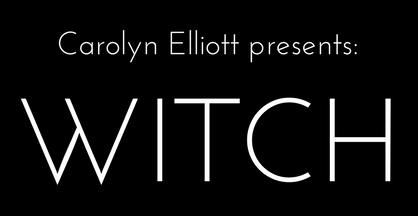

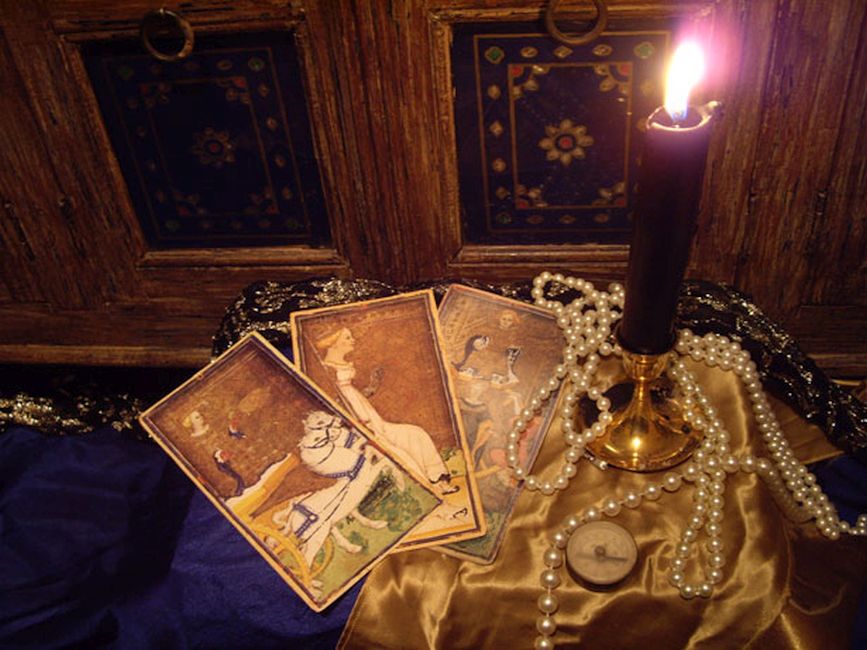


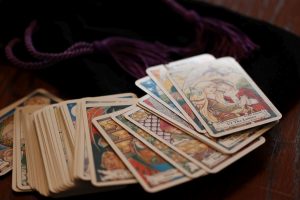



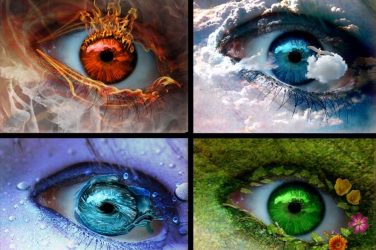
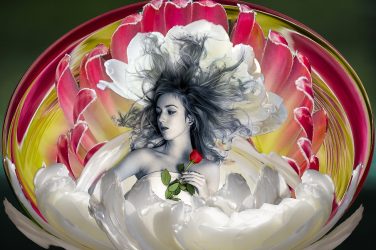
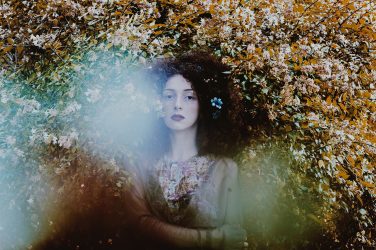
Show Comments (1)
Mim
Amazing article! I loved it! This is exactly how I feel about Tarot!